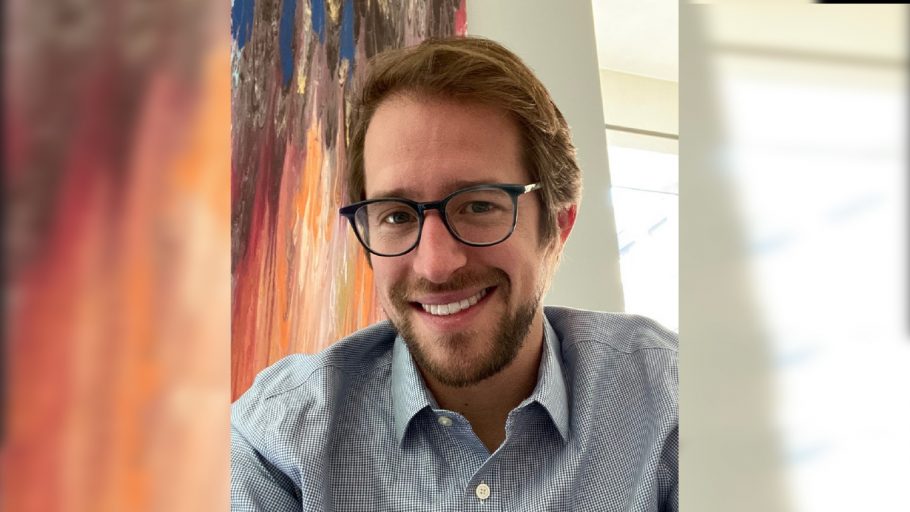Vertiv, a global provider of critical digital infrastructure and continuity solutions, recently released its inaugural environmental, social, and governance (ESG) report, the company’s first public report of its efforts around energy- and water-efficiency, diversity, equity, and inclusion (DE&I), safety, and other ESG activities.
What was the impetus behind publishing this report?
After going public in 2020, Vertiv was eager to develop a strategy for managing ESG that not only responds to the new and dynamic changes within the various ESG topics, but also reflects our 50-year reputation of providing long-term value and leadership to our employees, partners, and customers. While it’s only the first step, the report is a step toward our goal of promoting positive change to both Vertiv’s people and our planet.
Following this report, how does Vertiv plan to stay proactive on ESG-related matters?
Proper ESG management and oversight begins at the top, so Vertiv established its ESG Executive Steering Committee of senior leaders to drive company-wide evaluation of ESG efforts and guide the evolution of its ESG strategy, programs, and policies. The ESG Executive Steering Committee meets quarterly and engages with Vertiv’s Board to share the latest ESG progress and updates.
How does this report discuss Vertiv’s need to overcome obstacles related to data center efficiency?
The unprecedented demand for data to support our digital lives has made industry stakeholders acutely aware of how this growth will impact the environment. To help us put more high-performing solutions into the world, we use the following principles as a guide:
High efficiency: Design energy- and water-efficient solutions for the market.
High reliability: Build resilient and highly serviceable equipment that’s durable and long lasting.
Low impact: Strive to understand and limit manufacturing processes that may have adverse environmental impacts, and measure and increase use of recycled materials in our products and product packaging.
Low touch: Enable remote troubleshooting, optimization services, and more connected systems to improve and reduce the environmental impact of maintenance practices.
Circular economy: Reuse, refurbish, or recycle end-of-life equipment and materials.
What is Vertiv doing to contribute to a healthier and safer workplace?
Vertiv built a robust culture of safety through practices such as risk identification and mitigation, setting standard processes and procedures, reporting, and training to prevent incidents and to ensure continuous improvement. The report highlights how Vertiv monitors the health and safety of its global workforce and how its effective employee health and safety strategy helped the company achieve 0.26 TRIR, representing a more than 10 percent year-over-year reduction in recordable injuries based on the US Occupational Safety and Health Administration’s total reportable injury rate.
How does Vertiv address global issues related to DE&I?
Vertiv introduced training opportunities to support the organization’s global focus on DE&I and educate employees on issues such as unconscious bias and its effect on decision-making. Additionally, as the underrepresentation of women within the science, technology, engineering, and mathematics industries remains a concern, Vertiv is continuously working to change the landscape. Since 2020, Vertiv has appointed the following women executives to lead their respective functions: Sheryl Haislet, Chief Information Officer, and Stephanie Gill, Chief Legal Counsel.
About TJ Faze
TJ Faze serves as the Head of ESG Strategy and Engagement, setting long-term strategies and goals while ensuring program execution and continuous improvement of environmental and social matters across Vertiv’s global operations. He holds a bachelor’s degree in business from Miami University (Oxford, Ohio) and an MBA from The Ohio State University.


